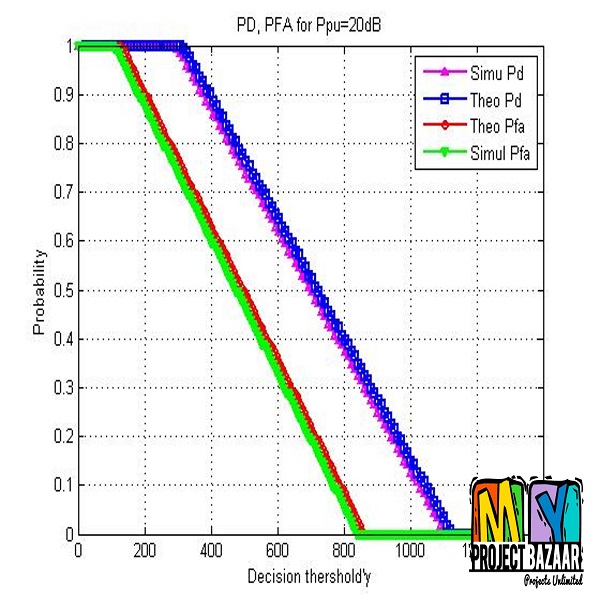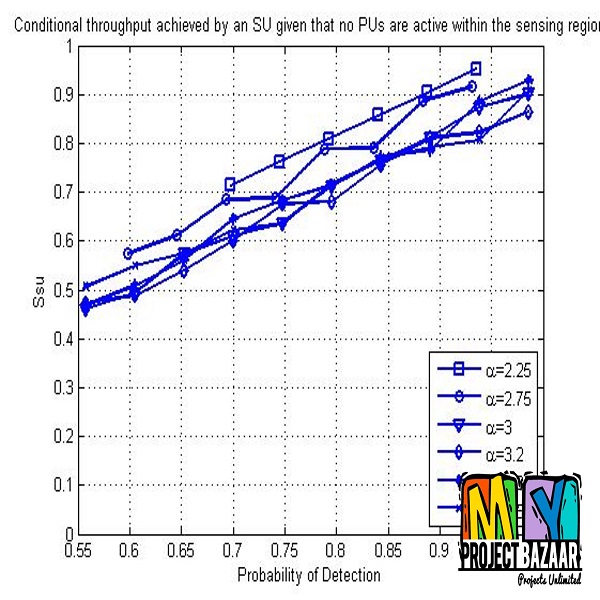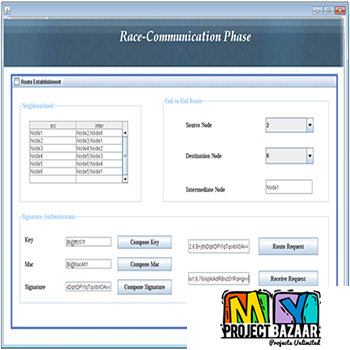
Spectrum Sensing Performance in Cognitive Radio Networks With Multiple Primary Users
Product Description
Spectrum Sensing Performance in Cognitive Radio Networks With Multiple Primary Users
Abstract— Radio spectrum sensing (SS) has been an active topic of research over the past years due to its importance to cognitive radio (CR) systems. However, in CR networks (CRNs) with multiple primary users (PUs), the secondary users (SUs) can often detect PUs that are located outside the sensing range, due to the level of the aggregated interference caused by the PUs. This effect, known as spatial false alarm (SFA), degrades the performance of CRNs because it decreases the SUs’ medium access probability. This paper characterizes the SFA effect in a CRN, identifying possible actions to attenuate it. Adopting energy-based sensing (EBS) in each SU, this paper starts to characterize the interference caused by multiple PUs located outside a desired sensing region. The interference formulation is then used to write the probabilities of detection and false alarm, and closed-form expressions are presented and validated through simulation. The first remark to be made is that the SFA can be neglected, depending on the path-loss factor and the number of samples collected by the energy detector to decide the spectrum’s occupancy state. However, it is shown that by increasing the number of samples needed to increase the sensing accuracy, the SUs may degrade their throughput, namely, if SUs are equipped with a single radio that is sequentially used for sensing and transmission (split-phase operation). Assuming this scenario, this paper ends by providing a bound for the maximum throughput achieved in a CRN with multiple active PUs< final year projects >
Including Packages
Our Specialization
Support Service
Statistical Report

satisfied customers
3,589
Freelance projects
983
sales on Site
11,021
developers
175+Additional Information
| Domains | |
|---|---|
| Programming Language |

















